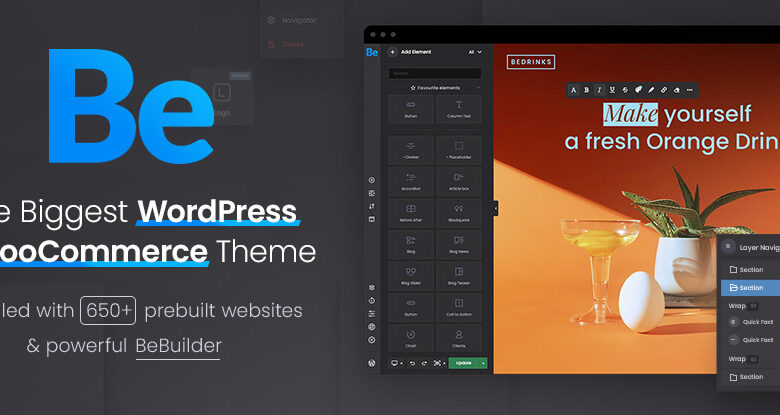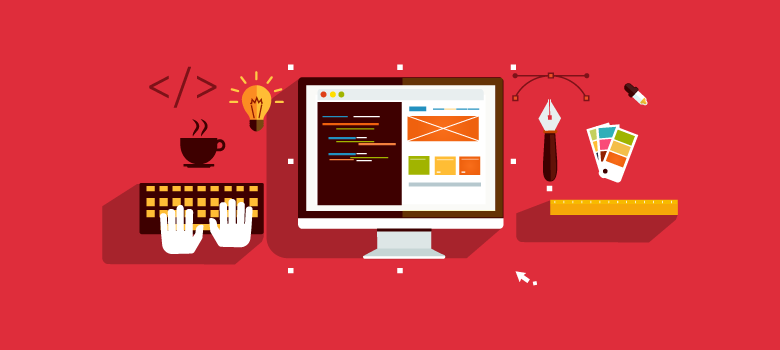Meet project Phoebe, a design concept introduced a the first iteration of mutative design, a design methodology that would UI be created and evolve according to a user. with mutative design interfaces would evolve or “mutate” independent on the user’s need or actions. The design could change and be affected by whether the user’s vision, age, disability, etc.
The idea is originally conceived by Liam Spradlin, Lead designer, touchlab, when speaking with developer Jae Bales, who is working on an app to help children learn to code using simple drag and drop UI. They then discussed how the app would continue to be engaging for children as they continued to grow up.
“There was a spark here — could the app change design or copy based on the user’s age, changing as the user ages to keep them engaged?” – Liam Spradlin
The best example of this concept is that of video games. Usually implemented in a childhood stage, video games often engage the user well into adulthood by mutating and evolving with complexity, advanced graphics, and usability.

The orange line represents one user’s potential journey through mutation states. Blue dots are potential starter states and white dots are all possible mutation states.
Contrary to today’s standards, which is described as “designing for averages” is not stable because users are lumped together into a couple different persona groups to take into consideration when designing an interface, even if the product has a million users. Mutative design breaks down the barriers of “we can’t design for everyone”; by removing compromise for the user and allowing the design to be accessible for each user’s individual scenario.

Let’s say the user has a degenerative vision condition. How would that play out behind the scenes in a mutative app? Let’s think through a very basic flow where the app would decide to expand a visual target or increase color contrast based on ongoing user behavior.
Spradlin acknowledges that Phoebe is a “moonshot” idea by stating that it is not yet 100% realistic, but there is part of the concept of mutative design that can be solved for using more research to establish better practices around design with the concept of mutation in mind. Similar concepts like “machine learning” or AI are available today, that could also contribute to creating experiences based on individual users.
Liam Spradlin breaks down the concepts in elaborate detail on mutative design, a future concept of design on medium.com.
Keep the conversation going on the Community: Mutative Design on Google+






Leave a Reply